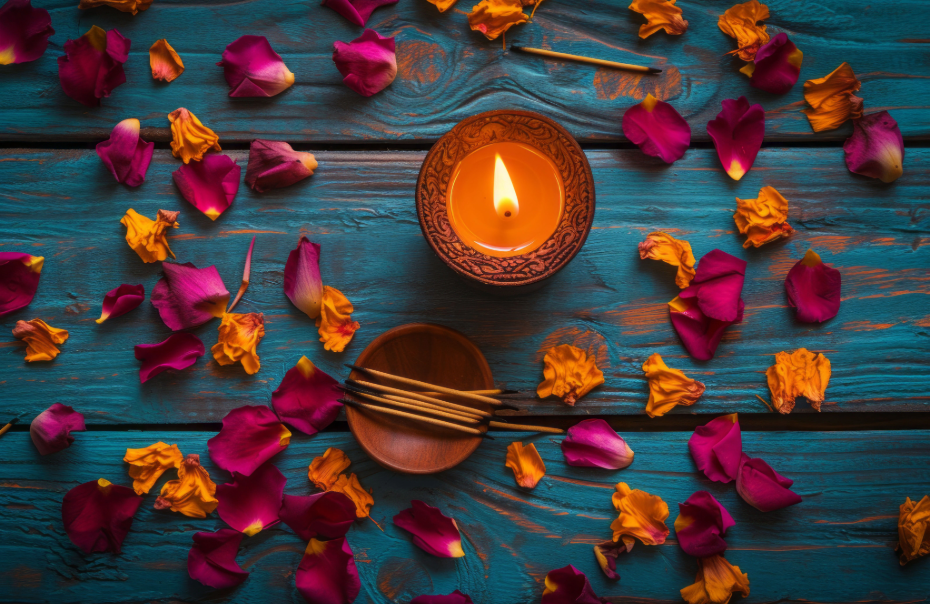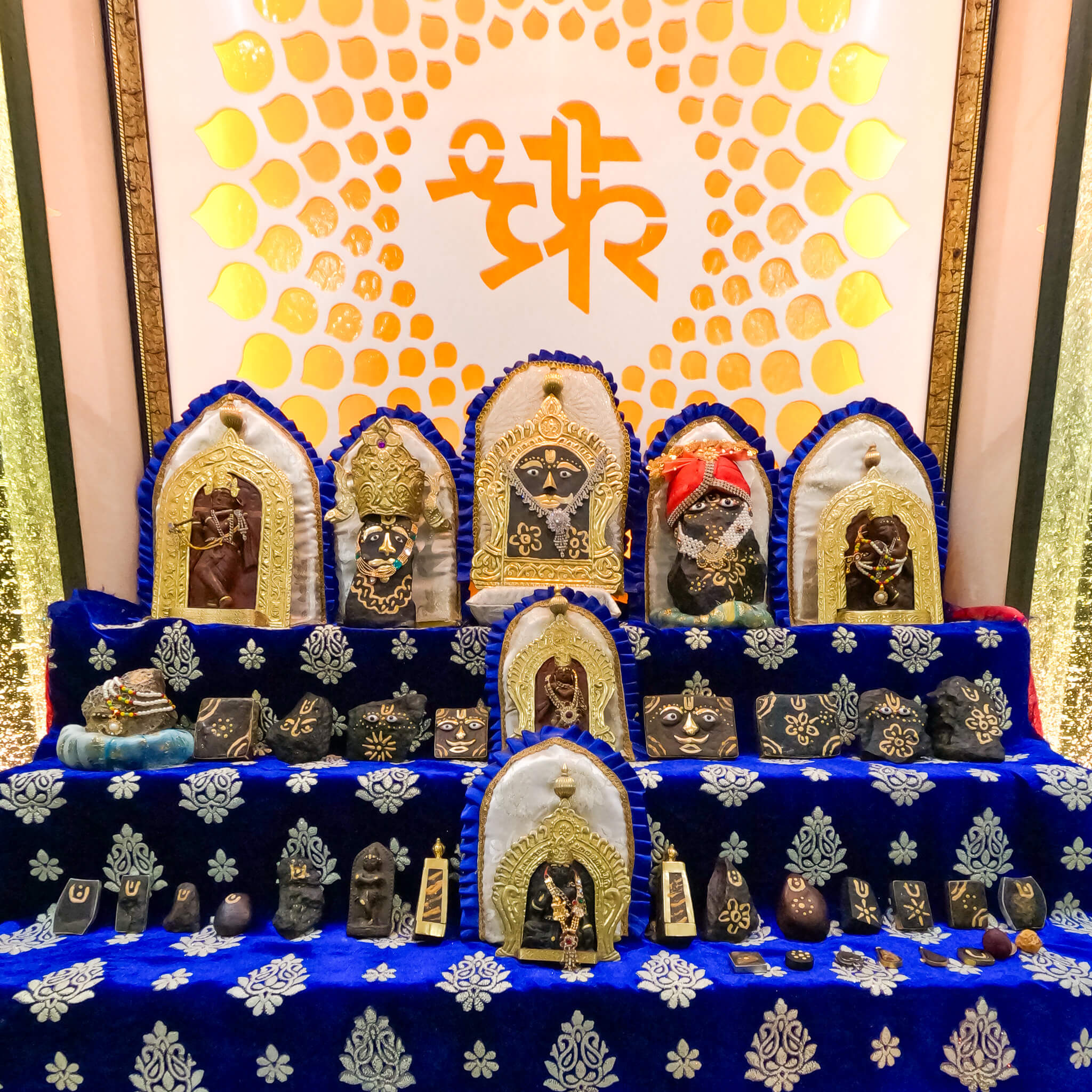Rangoli, the vibrant art form that adorns Indian doorsteps and courtyards, holds a special place in our cultural tapestry. These intricate patterns, meticulously crafted with colored powders and grains, are more than just decorations; they’re expressions of devotion, blessings for prosperity, and markers of auspicious occasions. Yet, in the hustle and bustle of modern life, a subtle shift is taking place. The daily ritual of creating rangolis, particularly the elaborate Chaitrangan designs, is slowly fading away.
As a content writer with a decade of experience, I’ve witnessed this change firsthand. Families I once knew to be ardent practitioners of the art now find themselves too busy, their doorsteps bare. This saddens me, for Chaitrangan rangolis are not just visual delights; they hold a profound cultural significance.
The Enchantment of Chaitrangan Rangoli:
Traditionally drawn during the auspicious month of Chaitra, marking the Hindu New Year, Chaitrangan rangolis are known for their intricate geometric patterns and vibrant colors. They often depict deities, auspicious symbols, and scenes from mythology, each element imbued with meaning and blessings. Creating a Chaitrangan rangoli is a meditative process, requiring focus, patience, and a steady hand. It’s a practice passed down through generations, often from mothers to daughters, strengthening family bonds and cultural transmission.
The Looming Threat of Neglect:
However, the pressures of modern life are chipping away at this tradition. Nuclear families, with both parents working, find less time for elaborate rituals. The availability of ready-made rangoli stickers and stencils, while convenient, lack the personal touch and cultural significance of hand-drawn designs. The allure of digital entertainment further distracts from this age-old practice.
Reclaiming the Radiance:
But all is not lost. There’s a growing awareness of the importance of preserving our cultural heritage. Here are some ways we can rekindle the love for Chaitrangan rangolis:
Start small: Begin with simple designs, gradually progressing to more intricate ones. Involve children in the process, making it a fun and educational activity.
Community workshops: Organize rangoli workshops in schools, community centers, and senior citizen homes. This fosters a sense of shared cultural identity and learning.
Digital revival: Share rangoli designs and tutorials online, inspiring others to try their hand at the art. Promote the cultural significance of Chaitrangan rangolis through social media campaigns.
Modern interpretations: Experiment with contemporary themes and materials while staying true to the essence of the art form. This can attract a wider audience and make the practice more relevant to modern life.
Let’s not allow the vibrant hues of Chaitrangan rangolis to fade into oblivion. By reviving this beautiful tradition, we can reconnect with our roots, strengthen our communities, and pass on a precious cultural legacy to future generations. Remember, every rangoli drawn is a step towards preserving our heritage.
Do you have any memories associated with Chaitrangan rangolis? Share your thoughts and experiences in the comments below. Let’s keep the conversation flowing!



Leave a comment
This site is protected by hCaptcha and the hCaptcha Privacy Policy and Terms of Service apply.